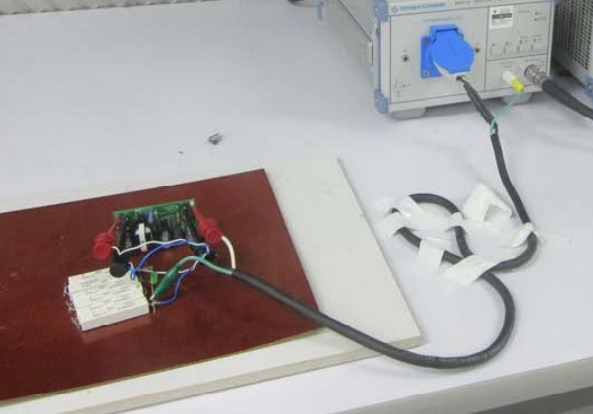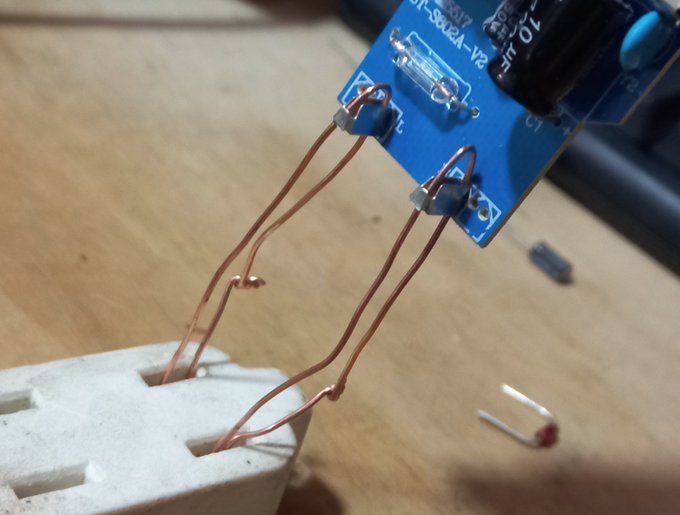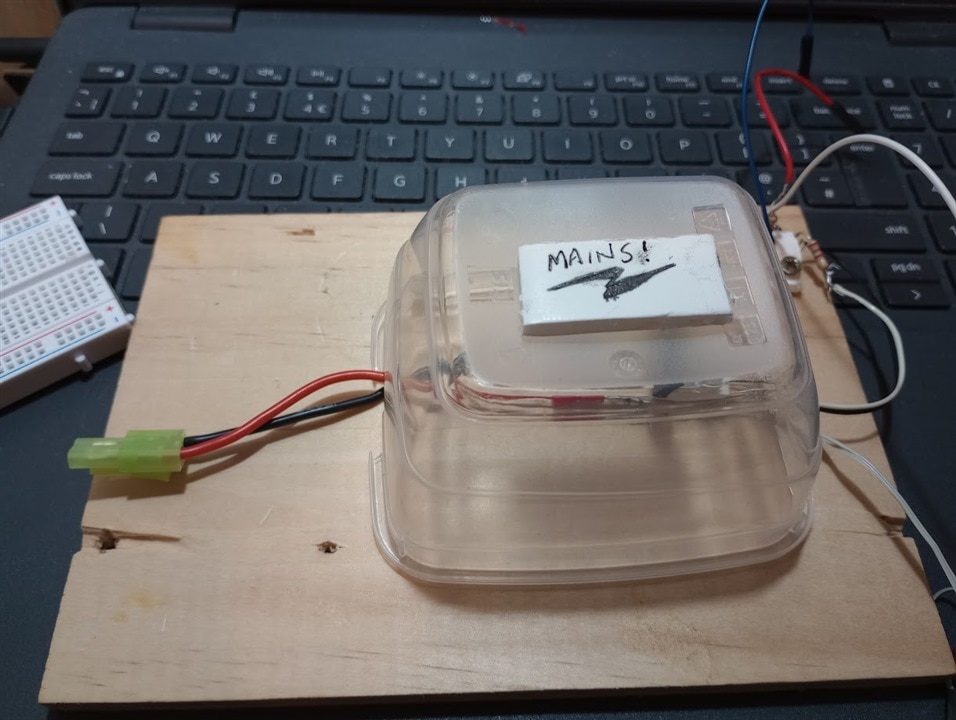Participants, now that the experiment is reaching its end: What safety measures did you take when dealing with mains voltages?
I'm starting a road test for a mains powered Flyback design. I'm looking for advice from the players that used their "real mains" to power the experiments.
Things I have at the moment
- formal education to deal with mains powers
- a handheld oscilloscope that's isolated and has safe connections
- a high-voltage differential probe
- a bench meter that can measure 10 A AC current, and is CAT III
Did you take other/additional safety measures?



